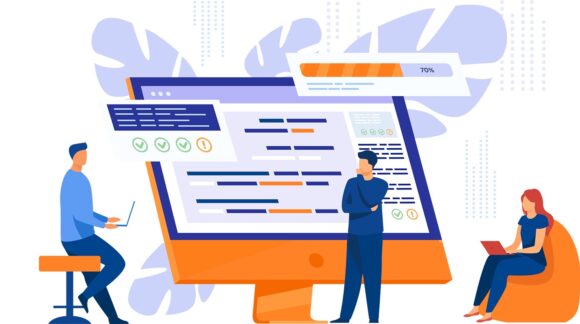Transactions, technologies and trends
Category: Invoicing software
Invoicing software
Invoicing software, also referred to as invoice management software, are digital tools designed to automate and streamline the handling of invoices. These programs replace traditional paper-based methods, enabling the electronic creation, sending, receiving, and management of invoices. By digitizing these processes, invoicing software improves accuracy, speed, and security in financial transactions.
Electronic invoice management is facilitated by certain types of invoicing software. This digital solution automates and simplifies the process of creating, sending, receiving, and managing invoices electronically (known as business messages), contributing to greater accuracy, speed, and security in financial operations.
Invoicing software automatically generates invoices using predefined templates and data from integrated systems, reducing manual work and minimizing errors. Invoices are sent electronically and delivered instantly to the recipient, accelerating the payment cycle and reducing delays. Many programs include features such as digital signatures and encryption to ensure invoice authenticity and protect sensitive information.
Integration is a key feature of invoicing software. These tools connect seamlessly with accounting and enterprise resource planning (ERP) systems, eliminating the need for duplicate data entry and creating a consistent workflow. Additionally, many programs offer advanced reporting and analytics tools, providing insights into payment trends and improving cash flow. Automated reminders for overdue payments are another common feature, helping to reduce outstanding invoices and enhance liquidity.
Peppol and compliance
Regulatory compliance is a central aspect of invoicing software. Many solutions are designed to adhere to national and international standards for electronic invoicing, such as Peppol in Europe. To enable Peppol network access, the service provider must be certified Peppol Access Point. This ensures that invoicing practices meet legal requirements, reducing the risk of compliance issues and associated penalties.
Beyond their operational benefits, invoicing software contributes to sustainability by reducing paper usage and carbon emissions associated with traditional invoicing. As such, they are not only a tool for economic efficiency but also a step toward environmental sustainability.
Invoicing software is an essential component of modern financial processes and is used by businesses of all sizes to improve payment flows, strengthen customer relationships, and ensure long-term regulatory compliance.
Read more about how modern invoicing optimizes processes.

The e-invoicing market is seeing positive growth that is rapidly picking up. Market research predicts the adoption to grow by US$6.93 billion by 2024. …

Let’s face it: Automation and integration are the goals of any business today. They’re how companies will keep up with competitors as technology evolves …

What are the requirements for valid invoices? Here’s what you need to know. The goal of every business is to get paid for the …

E-invoicing has transitioned from a nice-to-have to a must-have, and the technology is changing fast. In our new guide to e-invoicing, we’ll present what …

In most cases, you need access to an invoice operator network to send or receive e-invoices. Here’s what you need to know about open …
